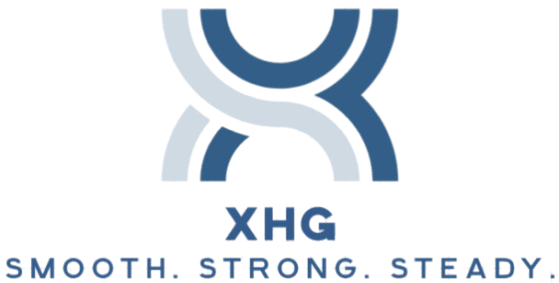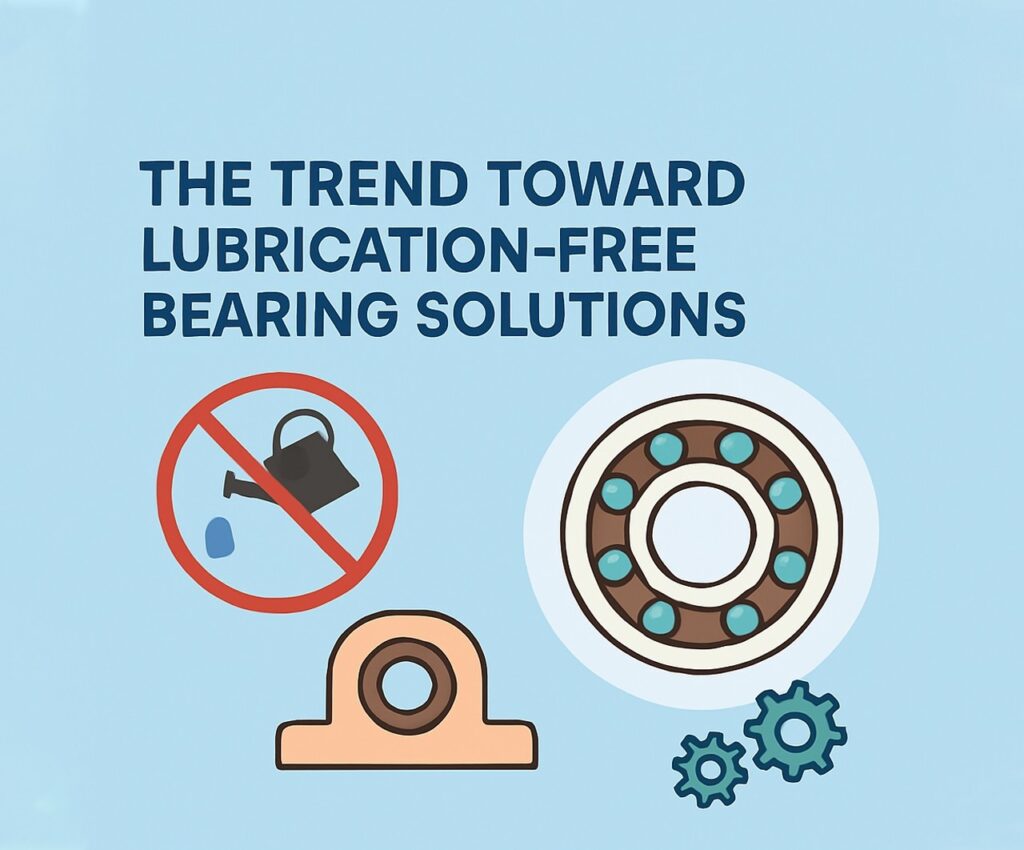In the ever-evolving world of mechanical engineering and material innovation, full ceramic bearings, ceramic wheel bearings, and hybrid ceramic bearings are driving a growing trend: lubrication-free bearing solutions. These cutting-edge components are redefining what engineers and manufacturers expect from motion systems. By eliminating the need for traditional lubricants, they not only reduce maintenance and environmental impact but also open doors to more efficient, reliable, and cleaner machinery across industries. Know More
Why Go Lubrication-Free?
Traditional bearings rely on grease or oil to reduce friction and wear. However, these lubricants come with downsides:
- Regular maintenance requirements
- Susceptibility to contamination
- Environmental concerns due to disposal and leakage
Full ceramic bearings, ceramic wheel bearings, and hybrid ceramic bearings are emerging as the ideal alternatives in applications where conventional lubrication is impractical or undesirable. With advancements in materials like silicon nitride and zirconia, these bearings offer self-lubricating properties or operate smoothly without any lubrication at all.
Understanding the Technology
Let’s break down the core types of lubrication-free bearing solutions:
1. Full Ceramic Bearings
These bearings use ceramic for both races and balls. Materials like silicon nitride and zirconia provide excellent hardness, low friction, and resistance to corrosion, temperature, and chemical exposure. They are completely non-metallic, making them ideal for applications where metal contamination or magnetism is a concern.
2. Hybrid Ceramic Bearings
These combine steel races with ceramic balls, offering a balance of performance and cost. The ceramic elements reduce rolling resistance and eliminate the need for constant lubrication, especially in high-speed or high-temperature environments.
3. Ceramic Wheel Bearings
Specifically designed for vehicle and transportation systems, ceramic wheel bearings provide smoother rotation, higher thermal resistance, and longer service life—with minimal to no lubrication.
Key Advantages of Lubrication-Free Bearings
The shift toward lubrication-free solutions is being driven by several game-changing benefits:
- No Grease or Oil Needed: Eliminates maintenance schedules and messy lubrication systems.
- Resistant to Contamination: Dust, dirt, and chemicals have minimal effect on sealed full ceramic bearings.
- Temperature Tolerance: Ceramic materials withstand extreme heat and cold without degrading.
- Corrosion Proof: Ideal for marine, medical, or cleanroom applications.
- Longer Lifespan: Reduced wear leads to longer bearing life and fewer replacements.
- Eco-Friendly: No oil means no leaks or disposal issues, making it better for the environment.
Creative Applications Beyond the Usual
Full ceramic bearings, ceramic wheel bearings, and hybrid ceramic bearings are appearing in some surprising, high-impact places:
1. Space Exploration
In zero-lubrication environments like space, full ceramic bearings are used in satellite mechanisms and robotic arms.
2. Cleanrooms and Semiconductor Facilities
These facilities can’t risk lubricant vapor contamination, making hybrid ceramic bearings essential in wafer handling and inspection systems.
3. Medical Equipment
Surgical robots and imaging machines use full ceramic bearings to ensure hygienic, maintenance-free operation.
4. Cycling and Motorsports
High-performance athletes and teams use ceramic wheel bearings to reduce drag and increase speed without grease buildup.
5. Underwater Drones and Equipment
Corrosive saltwater is no match for full ceramic bearings, which keep marine tech running smoothly and silently.
How to Choose the Right Lubrication-Free Bearing
When considering lubrication-free designs, factor in:
- Load and Speed: High-speed machinery benefits from hybrid ceramic bearings.
- Temperature Range: Extreme heat? Go with full ceramic bearings.
- Environmental Conditions: Dusty, wet, or chemically aggressive environments demand corrosion-proof options.
- Budget: Hybrid ceramic bearings are often more affordable than full-ceramic while still delivering performance gains.
Each type of bearing offers unique advantages depending on application needs.
Breaking the Myths
Let’s tackle some common misconceptions:
- Ceramic bearings are too fragile
- In reality, silicon nitride is incredibly tough and used in jet engines.
- They’re prohibitively expensive
- Costs are falling as demand and manufacturing scale increase. Factor in the savings on maintenance, downtime, and replacements.
- Lubrication-free means low performance
- Quite the opposite. Ceramic wheel bearings often outperform their greased steel counterparts in speed and durability.
Real-World Case Study: Industrial 3D Printers
A high-end 3D printer manufacturer switched to hybrid ceramic bearings to eliminate lubrication-induced print contamination and reduce mechanical noise. The results?
- 30% increase in machine uptime
- 20% reduction in warranty claims
- Zero need for lubricant maintenance
By replacing traditional steel bearings with lubrication-free ceramic solutions, the manufacturer improved product reliability and customer satisfaction.
Innovations Pushing the Trend Forward
The future of lubrication-free bearing systems is being shaped by innovation:
- Advanced Coatings: Graphene and DLC coatings reduce surface friction without the need for oil.
- Sensor-Embedded Bearings: Provide real-time feedback on performance and wear.
- AI-Driven Design: AI tools simulate wear patterns to optimize full ceramic bearing geometries.
- 3D Printed Ceramics: Emerging tech enables rapid prototyping and custom parts.
Maintenance and Installation Best Practices
Although lubrication-free, these bearings still require smart handling:
- Avoid Impact Loads: Ceramic materials are tough but can chip under shock.
- Ensure Clean Installation: Keep particles away during assembly.
- Monitor Vibration: Especially in high-speed setups, to detect early signs of misalignment or wear.
Proper integration ensures that ceramic wheel bearings and their counterparts perform flawlessly over time.
Environmental and Operational Gains
Eliminating lubrication isn’t just a mechanical advantage—it’s a sustainability win:
- Reduces lubricant disposal waste
- Minimizes risk of leaks into ecosystems
- Cuts energy usage by lowering friction
- Boosts long-term equipment efficiency
As companies prioritize green engineering, full ceramic bearings offer both environmental and economic incentives.
Final Thoughts: The Grease-Free Revolution Is Here
The movement toward lubrication-free bearing systems is not just a trend—it’s a shift in how we design for performance, durability, and sustainability. Whether it’s through full ceramic bearings, specialized ceramic wheel bearings, or smartly engineered hybrid ceramic bearings, engineers now have the tools to build cleaner, quieter, and more reliable machines.
No more worrying about grease points or maintenance intervals. No more contamination risks in sensitive environments. Just pure, efficient motion.
If you’re designing for the future, it’s time to consider going grease-free. The era of lubrication-free ceramic bearings has arrived—and it’s transforming what’s possible in motion engineering.

